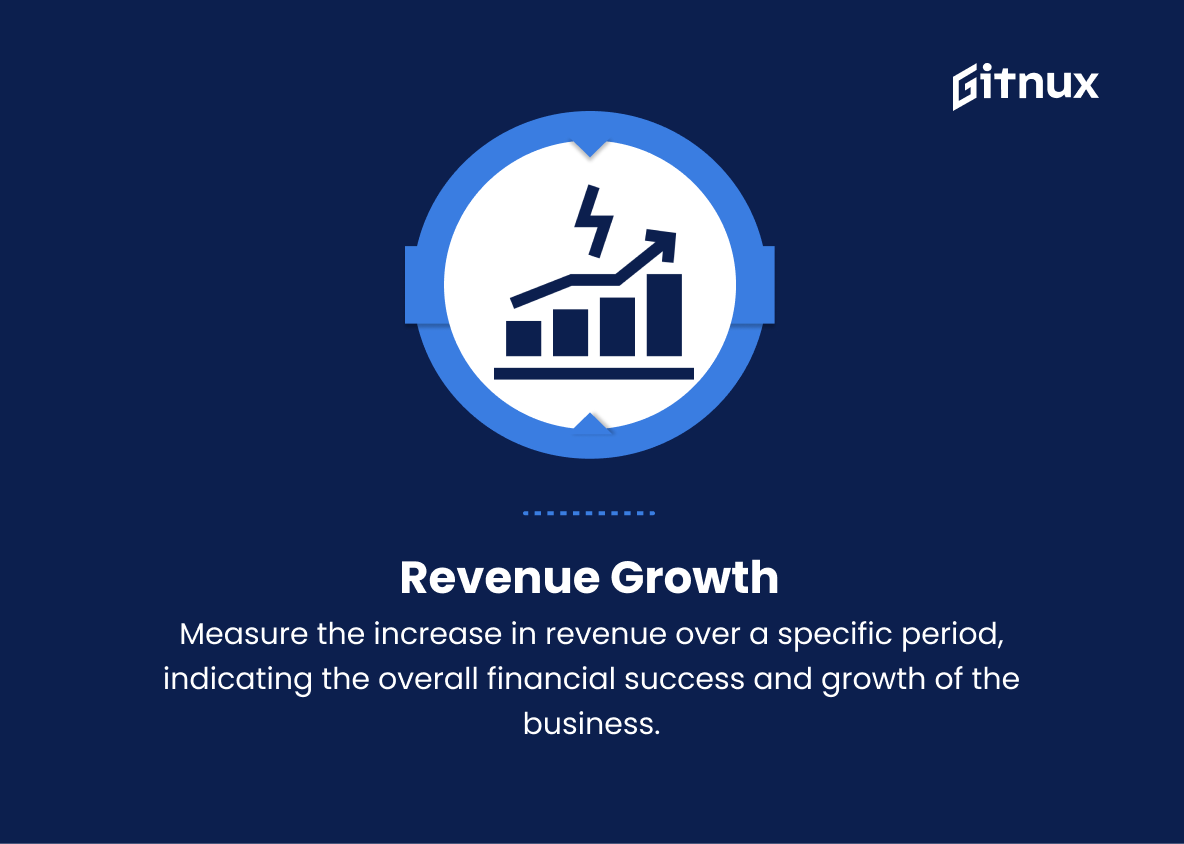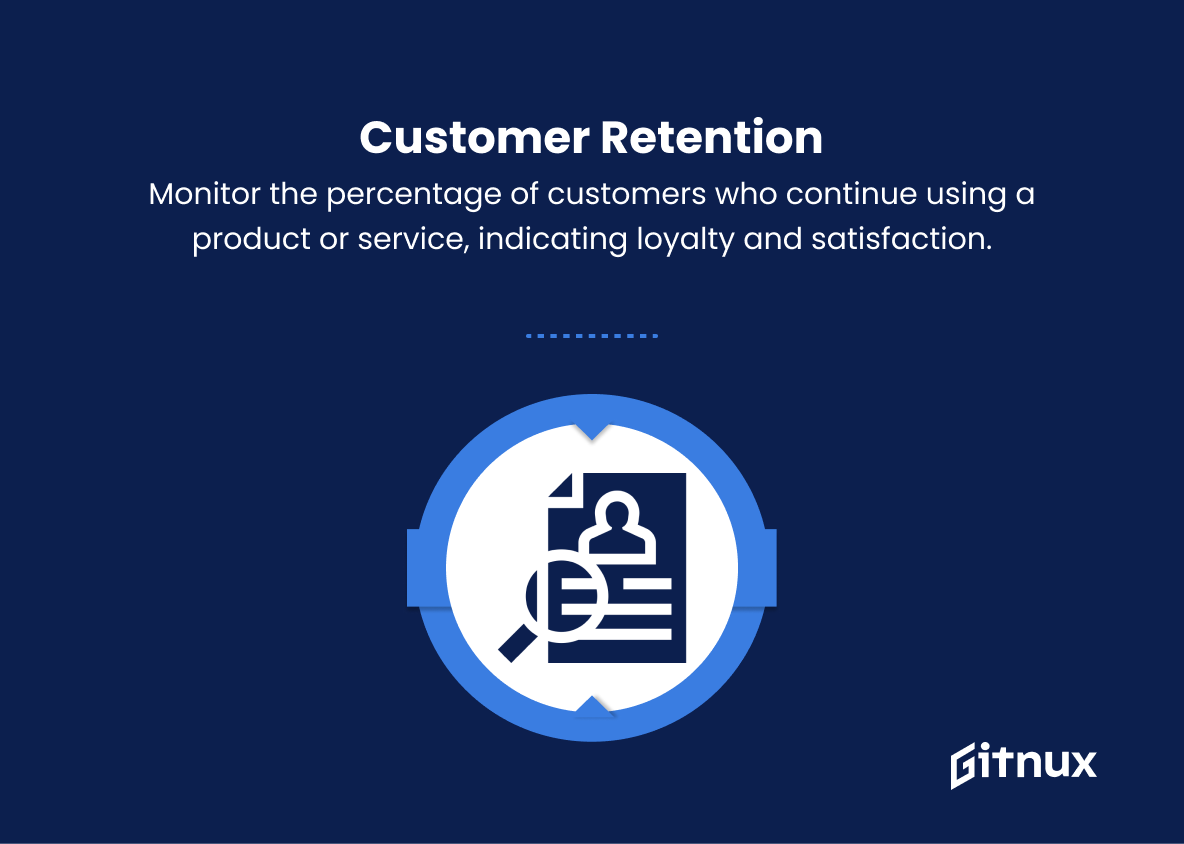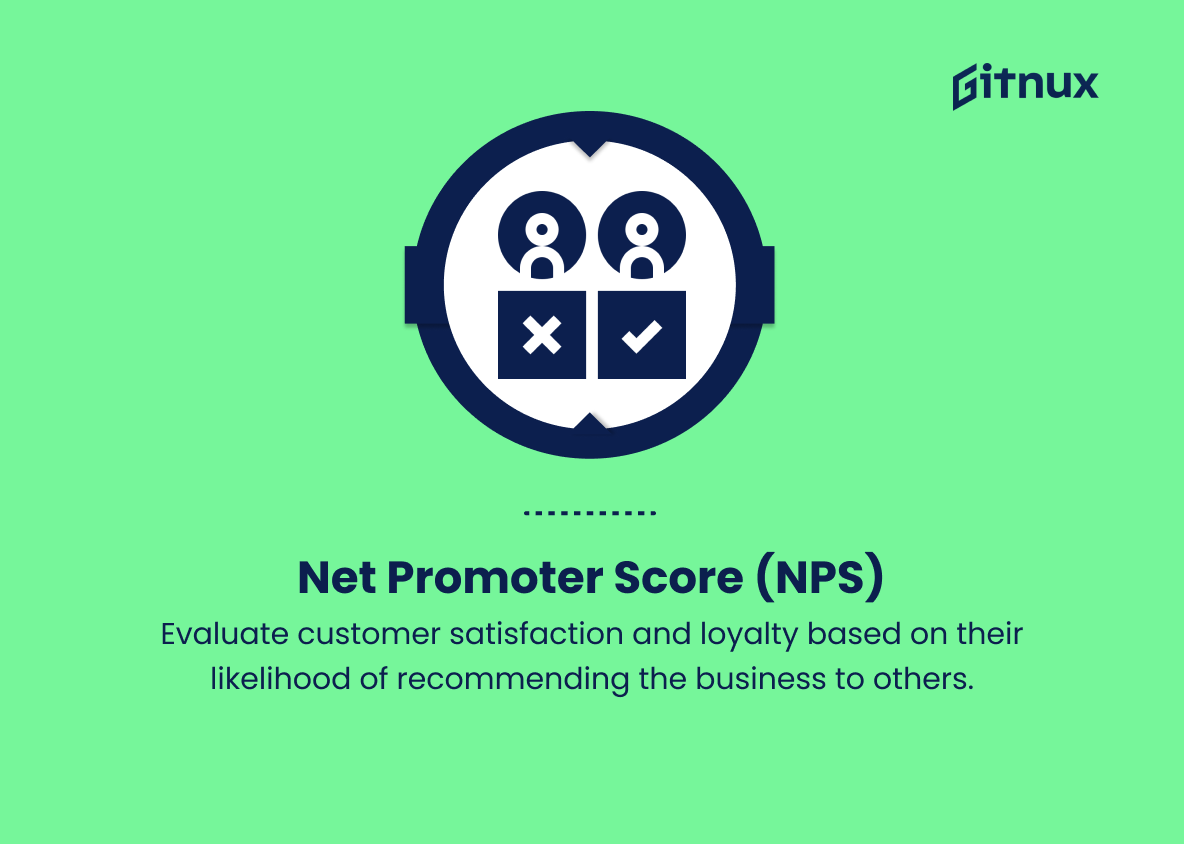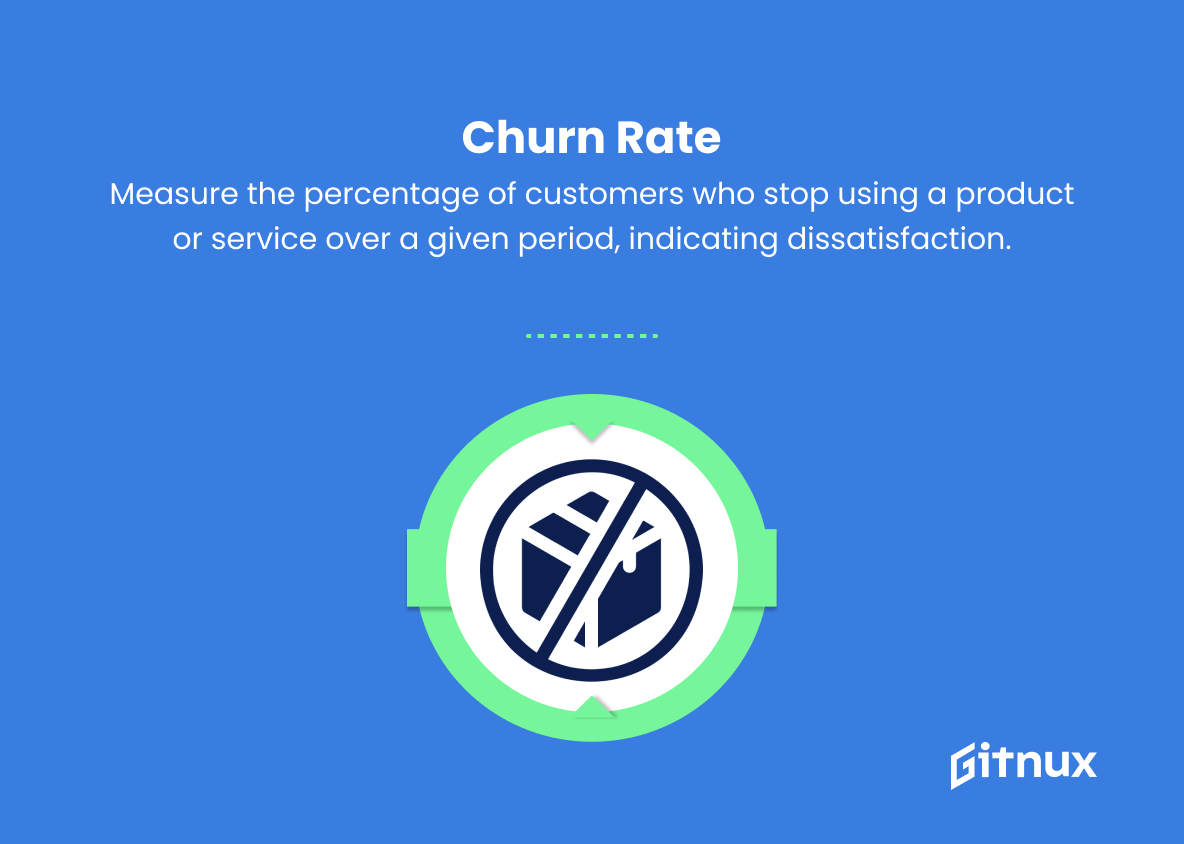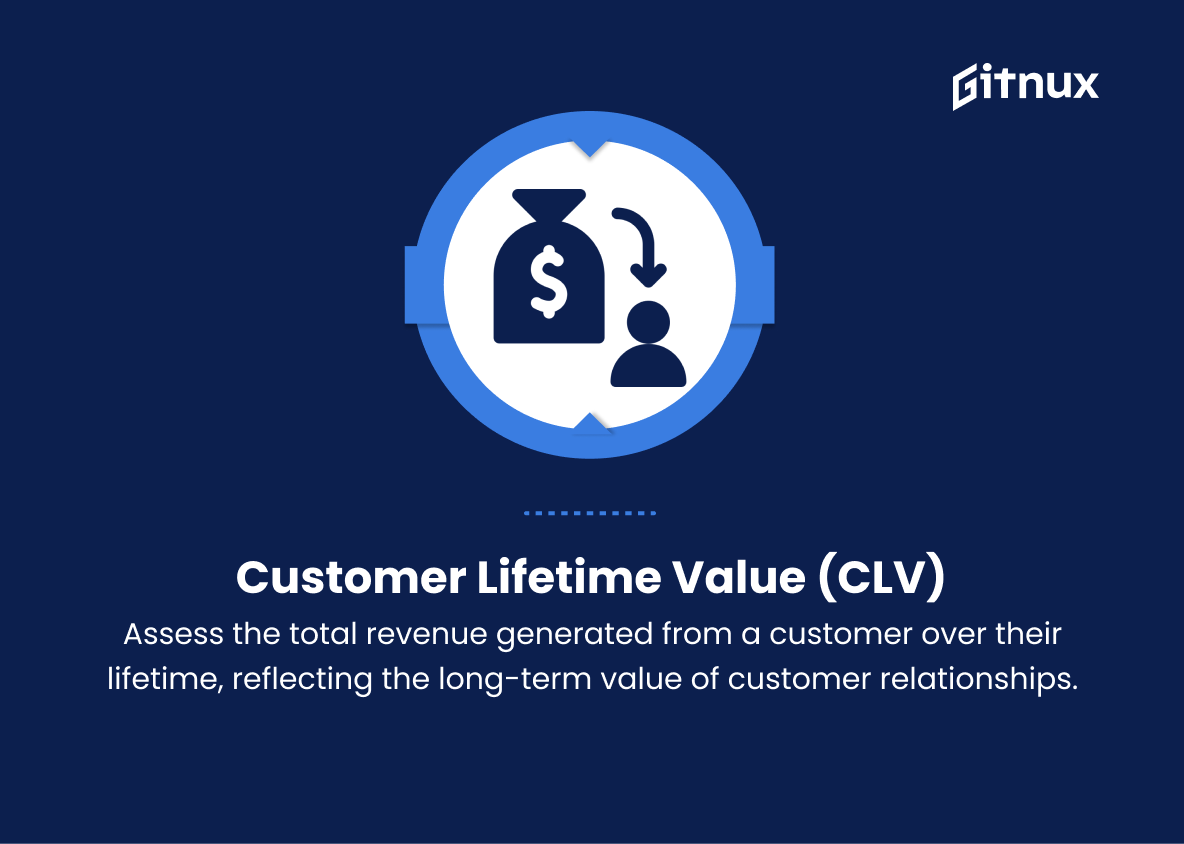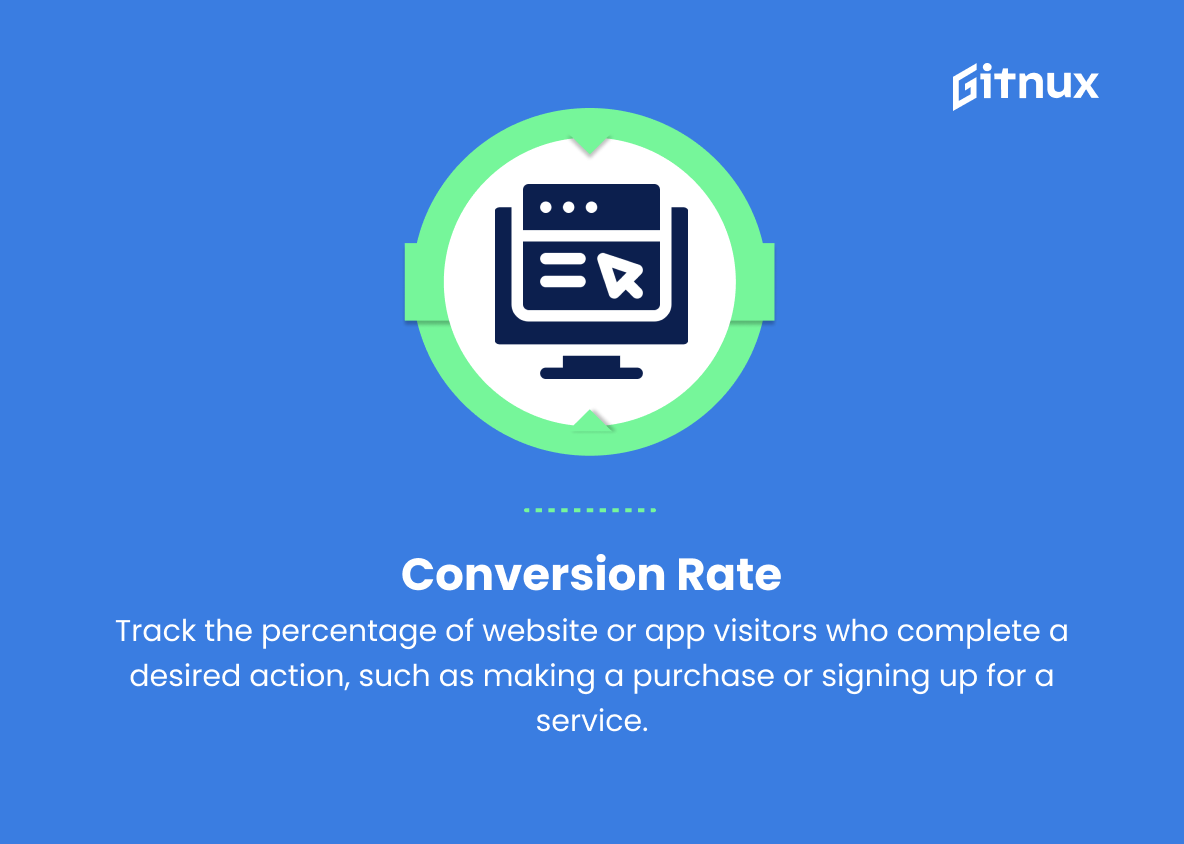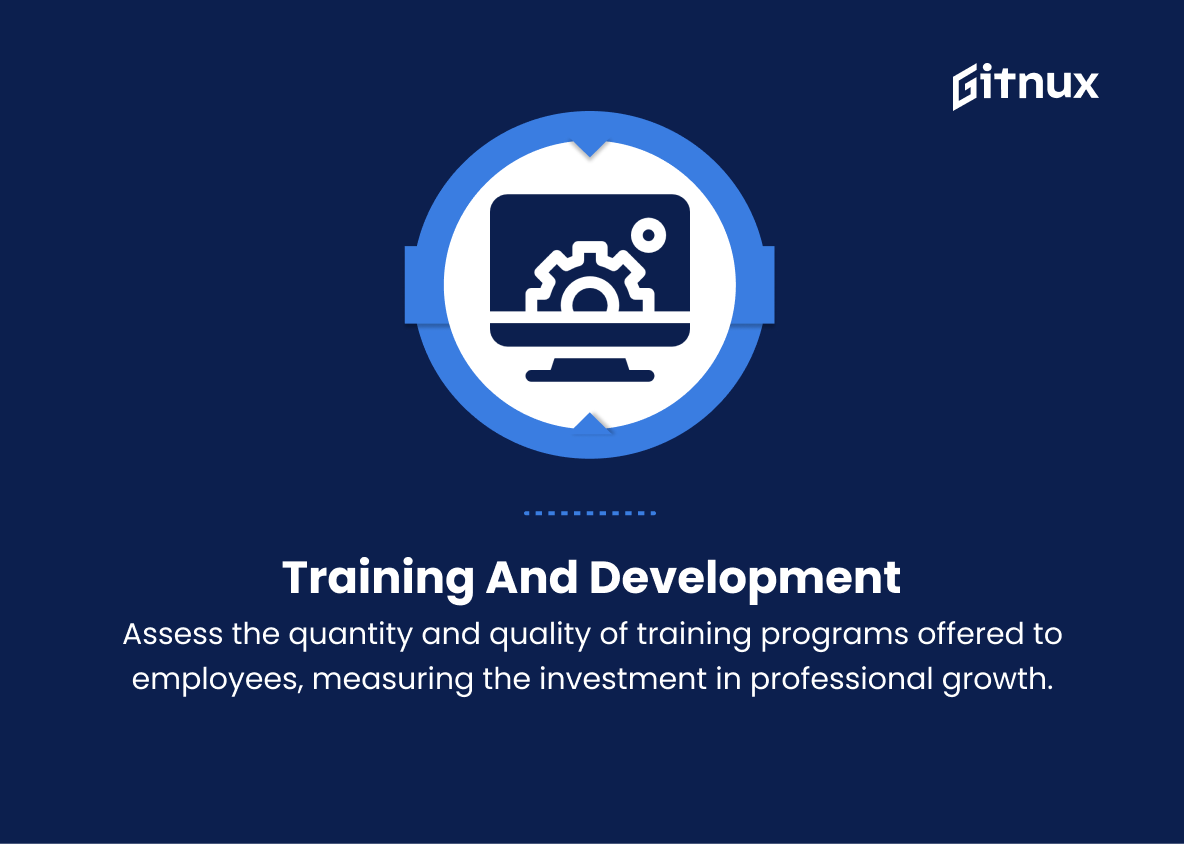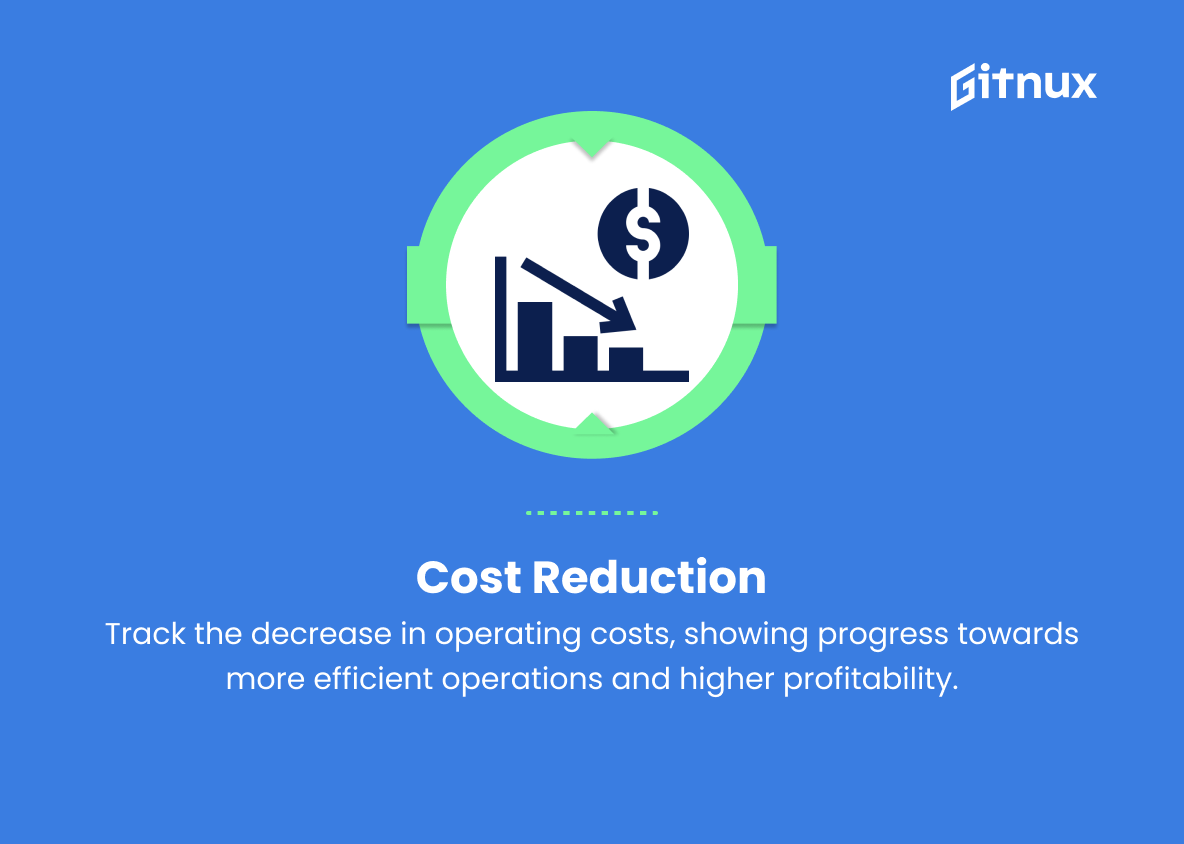OKR framework revolutionizes goal-setting by aligning vision with quantifiable metrics, ensuring teams work towards a common purpose. This approach drives results, tracks progress, and measures success in today’s data-driven business landscape. Our blog post explores OKR metrics’ importance, applications, and potential to elevate organizational performance through strategic alignment and objective measurement.
OKR Metrics You Should Know
“OKR” stands for Objectives and Key Results, a popular goal-setting framework used by many organizations to align and measure their progress. The Objectives define the qualitative goals that a company, team, or individual aims to achieve, while the Key Results (KRs) provide a set of quantifiable metrics to measure progress towards these objectives. Here is a list of OKR metrics, along with a short explanation for each:
1. Revenue Growth
Measure the increase in revenue over a specific period, indicating the overall financial success and growth of the business.
2. Market Share
Assess the percentage of total market sales captured by the business, reflecting its competitive positioning in the market.
3. Customer Acquisition
Track the number of new customers acquired during a set timeframe, measuring the effectiveness of marketing and sales efforts.
4. Customer Retention
Monitor the percentage of customers who continue using a product or service, indicating loyalty and satisfaction.
5. Net Promoter Score (NPS)
Evaluate customer satisfaction and loyalty based on their likelihood of recommending the business to others.
6. Churn Rate
Measure the percentage of customers who stop using a product or service over a given period, indicating dissatisfaction.
7. Customer Lifetime Value (CLV)
Assess the total revenue generated from a customer over their lifetime, reflecting the long-term value of customer relationships.
8. Customer Acquisition Cost (CAC)
Calculate the cost of acquiring a new customer, helping to optimize marketing and sales spending.
9. Conversion Rate
Track the percentage of website or app visitors who complete a desired action, such as making a purchase or signing up for a service.
10. Employee Satisfaction
Evaluate the overall satisfaction of employees based on survey responses or other qualitative feedback.
11. Employee Turnover Rate
Measure the percentage of employees who leave the company over a given period, indicating the level of employee retention.
12. Time-to-Hire
Calculate the average number of days it takes to fill open positions, reflecting the efficiency of the hiring process.
13. Training and Development
Assess the quantity and quality of training programs offered to employees, measuring the investment in professional growth.
14. Gross Margin
Calculate the difference between revenue and the cost of goods sold, indicating the profitability and efficiency of business operations.
15. Cost Reduction
Track the decrease in operating costs, showing progress towards more efficient operations and higher profitability.
16. Research and Development (R&D) Spend
Measure the resources allocated to R&D, indicating a focus on innovation and long-term growth.
These are just examples of OKR metrics, and an organization can choose or develop their specific Key Results based on its unique objectives and needs.
OKR Metrics Explained
OKR metrics quantify various aspects of operations, determining progress and success. Revenue growth and market share provide financial and competitive insights. Customer-centric metrics gauge marketing effectiveness and satisfaction. Employee satisfaction and turnover assess workplace and workforce stability. Operational measures guide efficiency and profitability, and R&D spend highlights innovation and growth. Tracking relevant metrics through OKR framework aligns objectives for sustained success in dynamic environments.
Conclusion
In conclusion, OKR metrics serve as a crucial tool for organizations to set ambitious goals and monitor their progress effectively. By breaking down objectives into measurable key results, teams can attain enhanced focus, alignment, and accountability. Adopting OKR metrics not only fosters a growth-oriented culture but also assists organizations in scaling their success consistently.
Therefore, understanding and implementing OKR metrics is vital for any organization seeking to drive its performance toward higher levels of achievement and excellence. So, to ensure success in today’s competitive business world, it is time to embrace the potent capabilities of OKR metrics and revolutionize the ways we track growth and accomplishments.
